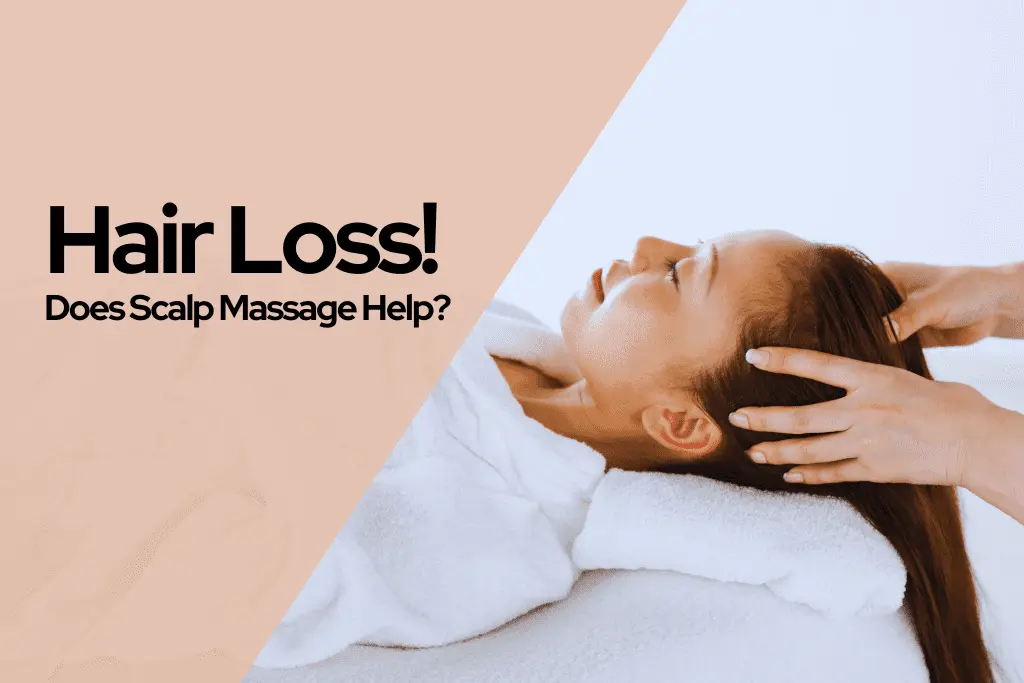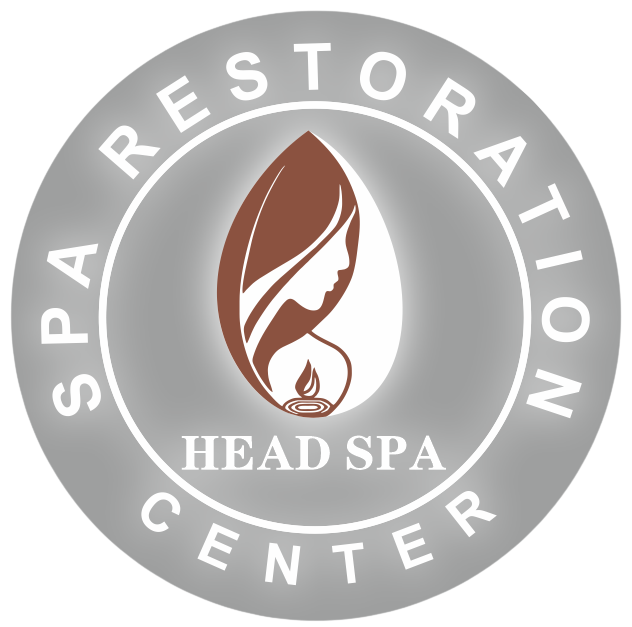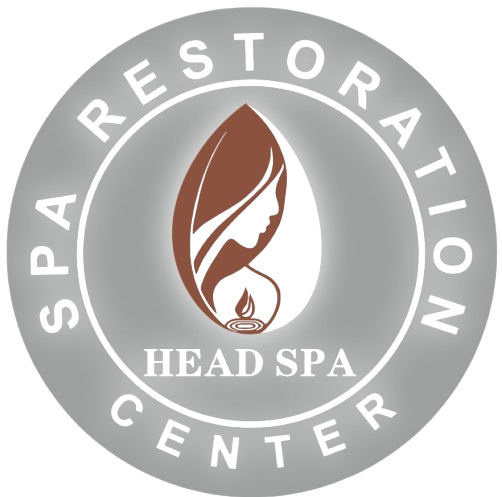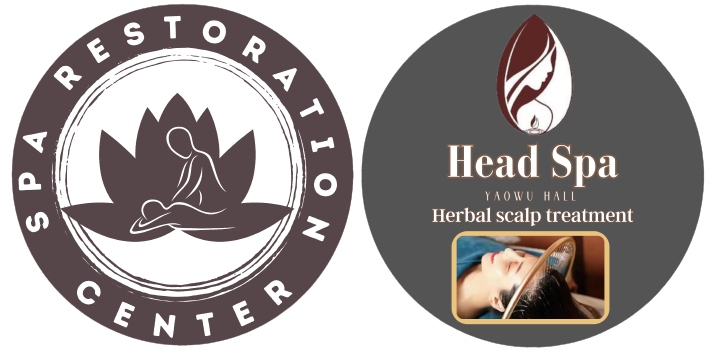
Does Scalp Massage Help Hair Loss?
Hair loss is a common concern for many people, impacting both men and women. While there are various causes and treatment options available, some natural methods, like scalp massage, have gained popularity. But does scalp massage truly help with hair loss? Let’s delve into the science behind this practice to understand its potential benefits and limitations.
What is Scalp Massage?
A scalp massage is a technique that involves applying gentle pressure and manipulating the scalp with your fingertips or a scalp massage tool. It can be performed during shampooing, while applying hair oil, or even as a standalone practice.
There are different scalp massage techniques, but they generally involve applying pressure in circular motions, kneading, and using gentle tapping motions.
Can Scalp Massage Promote Hair Growth?
The potential benefits of scalp massage for hair growth stem from its possible effects on blood circulation and hair follicles. Here’s a breakdown of the existing research:
- Improved Blood Flow: Scalp massage might promote blood flow to the scalp. Increased blood circulation delivers essential nutrients and oxygen to the hair follicles, potentially stimulating hair growth.
- Hair Follicle Stimulation: Studies suggest that scalp massage may increase the size and activity of hair follicles, leading to thicker and healthier hair growth.
A 2016 study published in the journal “Experimental Dermatology” found that daily scalp massage for 24 weeks resulted in increased hair thickness. The researchers believe that the massage stimulated the dermal papilla cells located at the base of the hair follicle, promoting hair growth.
Important Note: Research on the effectiveness of scalp massage for hair growth is still ongoing. While some studies show promising results, more robust research is needed to confirm its definitive impact.
Potential Benefits of Scalp Massage Beyond Hair Growth
Although the research on hair growth is promising, scalp massage offers additional benefits that contribute to overall scalp health:
Stress Relief
Scalp massage can be a relaxing experience. Studies have shown that massage therapy, in general, can help reduce stress hormones like cortisol. Reducing stress might indirectly contribute to hair health, as chronic stress is linked to hair loss in some cases.
Improved Scalp Circulation
As mentioned earlier, scalp massage might improve blood flow to the scalp. This can help deliver nutrients to the scalp and remove waste products, promoting a healthier scalp environment.
Exfoliation
Scalp massage can help loosen dead skin cells and other debris that can accumulate on the scalp. This gentle exfoliation may promote a healthier scalp environment and potentially improve hair growth.
Relaxation and Improved Sleep
A relaxing scalp massage before bed can promote feelings of calmness and improve sleep quality. Adequate sleep is crucial for overall health, including hair health.
How to Perform a Scalp Massage
Here’s a simple guide on how to perform a scalp massage at home:
- Cleanse Your Scalp: Start with clean, dry, or slightly damp hair. You can perform a scalp massage during shampooing or after cleansing your scalp.
- Apply Oil (Optional): You can use carrier oil like coconut oil, jojoba oil, or almond oil for a more relaxing experience. Apply a small amount of oil to your fingertips and distribute it evenly on your scalp.
- Finger Placement: Place your fingertips flat on your scalp, distributing them evenly across your head.
- Massage Techniques: Use gentle pressure and perform the following motions:
- Circular Motions: Make small circular motions with your fingertips, moving them across your scalp.
- Kneading: Gently knead your scalp with your fingertips, moving them in a forward and backward motion.
- Tapping: Use your fingertips to tap gently on your scalp in a rhythmic motion.
- Focus Areas: Pay attention to areas where you might experience hair loss or thinning.
- Duration: Aim for a scalp massage of 5-10 minutes.
- Frequency: You can perform a scalp massage daily or several times a week.
Tips:
- Apply gentle pressure – you should not feel any pain during the massage.
- Breathe deeply and relax while performing the massage.
- You can use a scalp massager tool if you prefer.
- Be gentle with your hair to avoid breakage.
Limitations of Scalp Massage for Hair Loss
While scalp massage holds promise for promoting hair growth and overall scalp health, it’s crucial to understand its limitations:
- Not a Cure-All: Scalp massage is not a cure for all types of hair loss. It might not be effective for hair loss caused by genetics, hormonal imbalances, or medical conditions.
- Individual Results: The effectiveness of scalp massage can vary from person to person. Some individuals might experience noticeable benefits, while others might see minimal or no improvement.

Combining Scalp Massage with Other Hair Loss Treatments
Scalp massage can be a complementary therapy alongside other hair loss treatments. Here are some considerations:
Medications
If you’re using medications like minoxidil or finasteride for hair loss, scalp massage can help improve blood flow and potentially enhance the medication’s effectiveness. However, it’s important to talk to your doctor before incorporating scalp massage into your routine if you’re using any medications.
Hair Loss Treatments
Scalp massage can be used alongside hair loss treatments like low-level laser therapy (LLLT) or platelet-rich plasma (PRP) therapy. Discuss the potential benefits and any possible interactions with your dermatologist.
Important Note: It’s always best to consult with a dermatologist or trichologist (hair loss specialist) if you’re experiencing significant hair loss. They can diagnose the underlying cause and recommend the most appropriate treatment plan for your specific case.
Maintaining a Healthy Scalp for Hair Growth
Scalp health plays a vital role in promoting healthy hair growth. Here are some additional tips to maintain a healthy scalp:
- Diet and Nutrition: Eating a balanced diet rich in essential vitamins and minerals like iron, zinc, biotin, and vitamins A, C, D, and E can support hair health.
- Gentle Hair Care: Avoid harsh shampoos, chemical treatments, and tight hairstyles that can damage the scalp and hair.
- Manage Stress: Chronic stress can contribute to hair loss. Practice stress management techniques like meditation, yoga, or deep breathing exercises.
- Scalp Cleansing: Regularly cleanse your scalp to remove dirt, oil, and product buildup. Opt for gentle shampoos that are suitable for your hair type.
- Stay Hydrated: Adequate water intake is crucial for overall health, including scalp and hair health.
Can Scalp Massage Cause Hair Loss?
Scalp massage, when done correctly with gentle pressure, is generally safe and unlikely to cause hair loss. However, here are some things to keep in mind:
- Aggressive Massage: Applying excessive pressure or using harsh techniques during a scalp massage can damage hair follicles and lead to hair loss.
- Underlying Scalp Conditions: If you have any pre-existing scalp conditions like psoriasis or seborrheic dermatitis, consult with a dermatologist before performing a scalp massage. In some cases, scalp massage might aggravate these conditions.
Conclusion
Scalp massage holds promise as a complementary therapy for promoting hair growth and overall scalp health. While research is ongoing, existing studies suggest that scalp massage might improve blood flow to the scalp, stimulate hair follicles, and contribute to thicker and healthier hair growth. Additionally, scalp massage offers relaxation benefits and can be a valuable tool for managing stress, which can indirectly impact hair health.


